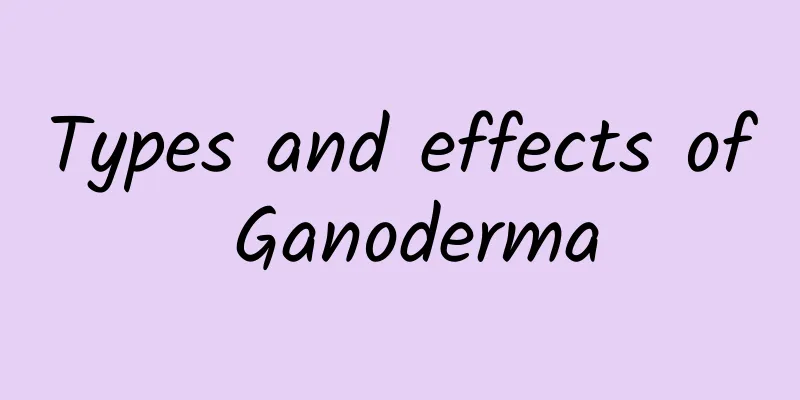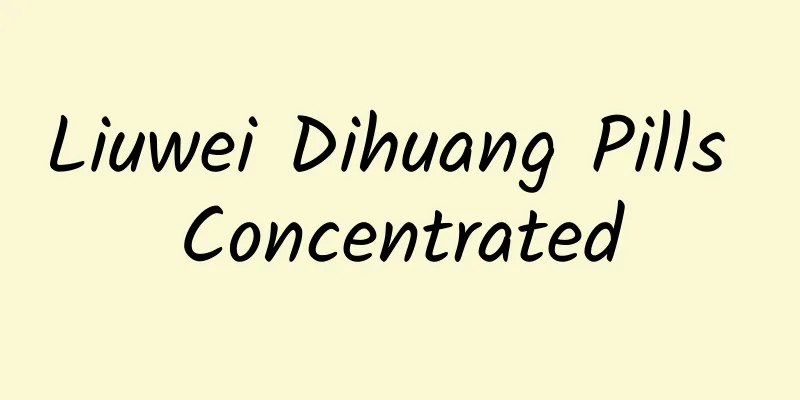Kidney Yang and Kidney Yin, one medicine is enough

|
Rehmannia is the tuberous root of the perennial herb Rehmannia glutinosa of the Scrophulariaceae family. It likes mild climate and sunny places, is afraid of stagnant water, and grows mostly in sandy land, barren hillsides, foot of mountains, walls, roadsides, etc. The flowers of Rehmannia glutinosa look like trumpets, so we call them trumpet flowers locally. Based on this, Rehmannia glutinosa is also called trumpet root. According to treatment needs, Rehmannia root can be processed into four kinds of traditional Chinese medicine: fresh Rehmannia root, raw Rehmannia root, dried Rehmannia root and cooked Rehmannia root. Dig up the rhizomes of Rehmannia glutinosa between October and November, remove the stems, leaves and fibrous roots, and wash off the soil to get fresh Rehmannia glutinosa. Slicing fresh Rehmannia root and drying it in the sun or in an oven makes raw Rehmannia root. Soak the raw Rehmannia root in water for a while, wash off the mud, sand and impurities, take out and simmer until moist, then slice and dry in the sun or bake to make the dried Rehmannia root. The raw Rehmannia root is steamed and dried nine times with wine, Amomum villosum and tangerine peel as auxiliary materials, and then sliced into slices to make cooked Rehmannia root. Fresh Rehmannia: Fresh Rehmannia has the effects of clearing away heat, promoting body fluid, cooling blood and stopping bleeding. It is often used clinically to treat epistaxis, such as Shengdi porridge. Use 50 grams of fresh Rehmannia, 100 grams of japonica rice, and 2 slices of ginger. Add fresh Rehmannia root and glutinous rice into water and cook into porridge. After boiling, add ginger and cook into a thin porridge for consumption. It is mainly used to treat epistaxis due to yin deficiency and hyperactivity of fire. Raw Rehmannia: Raw Rehmannia has the effects of clearing heat and cooling blood, nourishing yin, and promoting the production of body fluid. It is mainly used to treat symptoms such as fever, thirst, rashes, yin deficiency and internal heat, vomiting blood, and epistaxis. It has a wide range of clinical applications. Here is a folk remedy for treating chronic and acute prostatitis with raw rehmannia. The specific steps are: prepare 50 grams of honey, 30 grams each of raw rehmannia and plantain, and 10 grams of polished rice. First wash the raw rehmannia and plantain, wash the japonica rice, put the raw rehmannia into the pot, add water and boil for one hour, remove the residue and keep the juice. Use raw Rehmannia juice and appropriate amount of water to boil plantain and japonica rice. When it is almost cooked into porridge, add honey and cook it into a thin porridge. Take once in the morning and evening every day. Dried Rehmannia root: Dried Rehmannia root has the effect of nourishing yin and blood. It is mainly used to treat vomiting blood, metrorrhagia, irregular menstruation, fetal movement disorder, thirst, fever, etc. Dried Rehmannia is rarely used now. The Shenqi Pills in Synopsis of the Golden Chamber are composed of 240 grams of dried Rehmannia root, 120 grams each of yam and cornus officinalis, 90 grams each of Alisma orientalis, Poria cocos and cortex moutan, and 30 grams each of cinnamon twig and cooked aconite. The main medicine is 8 liang of dried Rehmannia glutinosa, which nourishes yin and tonifies the kidney. The medicines in this prescription are mainly used to nourish yin and tonify the kidney, and the pungent heat of aconite and cinnamon twig are added to help the life gate to warm and transform the yang energy. The combination of these medicines can nourish the kidney and replenish essence, warm the kidney and assist yang. It is a treatment that seeks yang within yin and is actually a prescription that nourishes both yin and yang. It is used in Synopsis of the Golden Chamber to treat symptoms such as low back pain, phlegm and fluid retention, thirst, cellulite, and beriberi caused by kidney yang deficiency. Later generations of doctors added Plantago seed and Achyranthes bidentata to this prescription, named Jisheng Shenqi Pills, which was effective in treating lower limb edema caused by kidney deficiency. Rehmannia root: When raw Rehmannia root is processed into cooked Rehmannia root, the medicinal property will change from slightly cold to slightly warm, and the tonic property will be enhanced. The effect of Rehmannia glutinosa is to nourish blood and yin, replenish essence and benefit marrow, and it is mainly used to treat blood deficiency and liver and kidney yin deficiency. Qian Yi of the Song Dynasty removed cinnamon twig and aconite from the Shenqi Pill in the Golden Chamber, and replaced the dried Rehmannia root with cooked Rehmannia root, to form the "Liuwei Dihuang Pill" to treat various symptoms of kidney cowardice. The drug composition is: 24 grams of Rehmannia glutinosa, 12 grams of Cornus officinalis, 12 grams of dried yam, 9 grams of Alisma orientalis, 9 grams of Paeonia suffruticosa, and 9 grams of Poria cocos. "Annotations to the Direct Prescriptions for Pediatric Medicines" said: "Zhongyang believed that children's yang energy was very strong, so he removed cinnamon and aconite from the pill and created it as a special kidney-tonifying medicine for children." Liuwei Dihuang Pills, with "Rehmannia glutinosa" as the main ingredient, has now become a representative prescription for yin-tonifying medicine. The effect of Liuwei Dihuang Pills is to nourish the liver and kidneys, and it is mainly used to treat liver and kidney yin deficiency, dizziness, bone steaming and fever, bleeding gums, and emaciation and bone steaming. Modern pharmacological research has proved that this prescription has the effects of enhancing immunity, anti-aging, anti-fatigue, anti-hypothermia, tolerance to hypoxia, lowering blood lipids, lowering blood pressure, lowering blood sugar, improving kidney function, promoting metabolism and has a strong strengthening effect. It is widely used in various diseases such as hypertension, diabetes, arrhythmia, nephrotic syndrome, tumors, chronic prostatitis, etc. In short, Rehmannia root can be made into four kinds of Chinese medicine to treat many diseases. Two famous kidney-tonifying prescriptions, Jinkui Shenqi Pills for tonifying yang and Liuwei Dihuang Pills for tonifying yin, both require Rehmannia. It can be seen that it is a good medicine that can nourish, purge, prevent and treat. |
<<: Knowing this medicine will definitely benefit you for the rest of your life
>>: This "bug" that everyone hates can actually cure children's diseases
Recommend
Why did the giant panda "Tuan Tuan" donated to Taiwan suffer from "epilepsy"? Can it be cured? Experts explain →
According to media reports The giant panda "...
The efficacy and function of the snake-clip turtle
The snake-clamp turtle is a very good medicinal i...
Now that we have a specific drug for COVID-19, do we still need to continue getting vaccinated?
December 15 is the World Immunization Day, which ...
Can soaking honeysuckle reduce internal heat?
Honeysuckle is one of the more common plants in o...
Effects and functions of Asarum
Asarum, the name of a Chinese herbal medicine, is...
Regarding the China Eastern Airlines crash, all this "information" is false!
Around 14:38 on March 21 China Eastern Airlines f...
The efficacy and function of Yam
After thousands of years of sedimentation and acc...
The efficacy and function of the ground tiger
Traditional Chinese medicine is very effective in...
Popular Science | How to choose socks? Beware of carcinogens!
According to a report by CCTV Finance Channel on ...
Why do we need quantum computing?
Author's Note At the request of a friend, I w...
Is it possible to transform a cemetery into a solar power plant? | Environmental Speaker
Hello everyone, this is the 7th issue of the Envi...
What are the benefits of drinking Jiaogulan in water?
The therapeutic value of drinking Gynostemma pent...
The efficacy and function of Torreya grandis branches and leaves
The medicinal value of the branches and leaves of...
The efficacy and function of kidney grass
Traditional Chinese medicine often has unexpected...
What are the medicinal values of Cantharides?
I believe many people have never heard of the bli...









